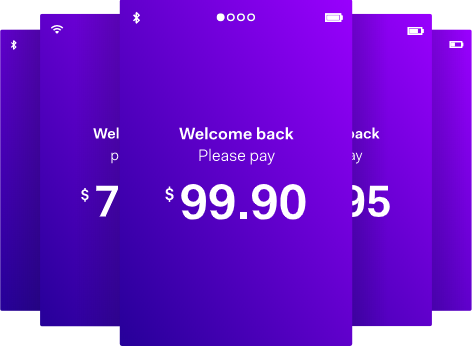3 steps to increase your checkout conversions

Don’t get caught out by poorly considered checkout experiences. In the UK alone over 45% of shoppers have abandoned a purchase because of payment-related issues. It’s an instant loss of sales. But something that can be fixed.
To give you the answers you need, we’ve partnered up with Adyen. With their help, we’ve got three steps you can take to reduce abandoned carts and increase your conversion rates.
1. Let shoppers pay with different payment methods
 Getting to the checkout, filling in details, then discovering you can’t use your preferred payment method isn’t a good experience for your customers. Depending on where you are and where your customer is from, understanding the differences in the payments landscape across the regions you’re selling to is vitally important. There are countless providers out there – global, local, national – catering to a vast number of shoppers and their requirements. Getting your payment mix right in different regions can be game-changing for your sales.
Getting to the checkout, filling in details, then discovering you can’t use your preferred payment method isn’t a good experience for your customers. Depending on where you are and where your customer is from, understanding the differences in the payments landscape across the regions you’re selling to is vitally important. There are countless providers out there – global, local, national – catering to a vast number of shoppers and their requirements. Getting your payment mix right in different regions can be game-changing for your sales.
Actions you can take:
- Analyse where your shoppers come from versus your payment method offerings. Don’t pull providers out of thin air. Use data to identify the regions in which you’re performing best, and research how these local shoppers like to pay. Satisfy these requirements and you’ll increase conversions and encourage them to buy from you again.
- Localise your checkout: knowing your target audiences means speaking their language. Literally. Ensure your checkout caters to all your customers by offering localised languages and tax specifications.
- Avoid overwhelming your customers with a dizzying list of payment options by dynamically serving a selection based on their location. This means shoppers in Germany will see methods such as SEPA direct debit, while shoppers in China will see methods such as Alipay, UnionPay, and WeChat Pay.
2. Make sure your checkout works on different devices
According to Statista, the current number of smartphone users in the world is 3.5 billion. This number is expected to rise to over 7 billion by 2023. So it’s safe to assume your customers are paying or will be paying from their smartphone, tablet, or other mobile devices.
Actions you can take:
- Test your checkout on multiple devices and operation systems. As with all pages, the checkout should be mobile-first.
- Simplicity is key when it comes to mobile forms. Minimize the required fields and number of steps and only ask for key information so your customer can get on with their purchase.
- Customers expect straightforward layouts that are easy to navigate. So make data input easy with large buttons and clean layouts.
- Don’t give your customers a reason to drop off. If you have an app, opt for in-app payments instead of a redirect which can slow things down as the page loads.
3. Add loyalty and incentives for your shoppers
 The thrill of shopping takes a decline as you enter your card details, so why ask your customer to do it more than once? By recognizing repeat customers at checkout, you increase the chances of the payment being made there and then.
The thrill of shopping takes a decline as you enter your card details, so why ask your customer to do it more than once? By recognizing repeat customers at checkout, you increase the chances of the payment being made there and then.
Offer first-time customers the chance to save details for future purchases, which they authenticate with a password, CVV, or fingerprint. Details are captured during the first purchase, issuing you with a secure token that you can use to charge future purchases.
Actions you can take:
- Use tokenization to securely capture and store card details. Card data is replaced with a secure token that can be used for future purchases. So you can provide a seamless experience while limiting your PCI scope.
- Add new reward schemes attached to payment cards.
- Work with partners that can gather valuable data on buyer behaviour. Stay up to date with what customers have come to expect from their payment journeys, and you won’t go far wrong.
- Link payment information to your loyalty program. Delight those who have stayed loyal by offering point-based rewards, priority access to products, or exclusive offers.
Discover Adyen
 Discover the single payments platform that accepts payments and grows revenue online, on mobile, and at the point of sale.
Discover the single payments platform that accepts payments and grows revenue online, on mobile, and at the point of sale.
Grow online today





